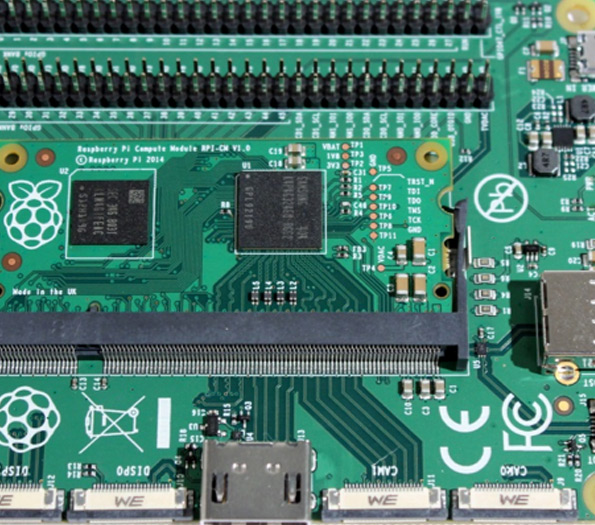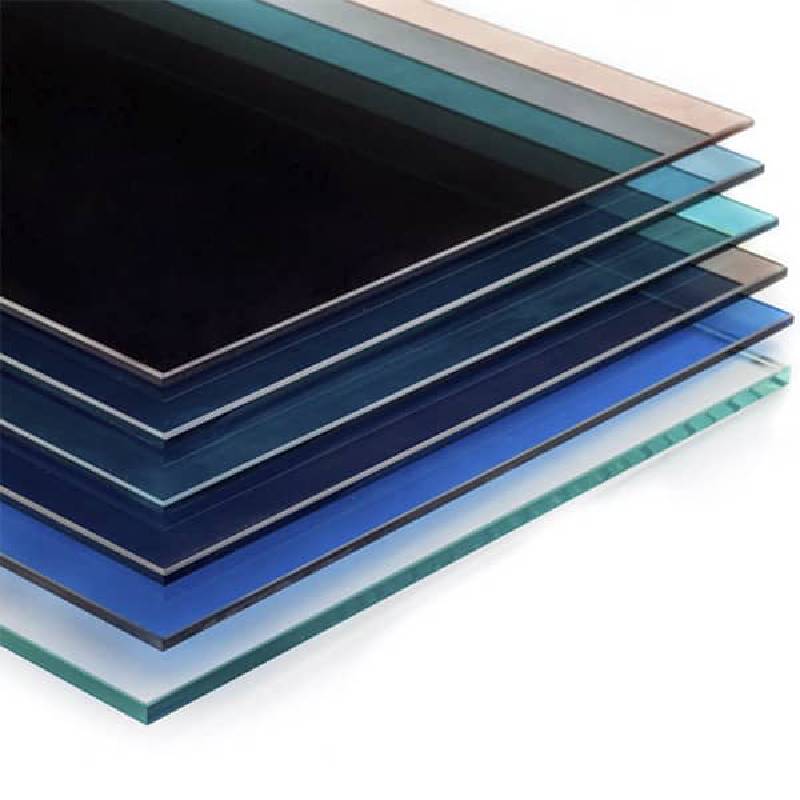Ultra transparent glass, also known as high-clarity glass, represents a remarkable advancement in material technology with significant implications for various industries. Having worked with some leading experts and manufacturers in glass technology, I can vouch for the transformative potential of this material in practical applications.

Firstly, what sets ultra transparent glass apart is its impeccable clarity and light transmission capabilities, often exceeding 91% transparency. This level of clarity is achieved through meticulous manufacturing processes that involve the use of high-quality raw materials and advanced coatings that minimize reflection and absorption. As a result of these innovative techniques, the glass offers not only an aesthetic advantage but also functional benefits in terms of energy efficiency and durability.
One of the key sectors benefiting from ultra transparent glass is architecture and construction, where its application ranges from residential to commercial buildings. Architects are particularly fond of this material for its ability to seamlessly blend indoor and outdoor environments, creating an illusion of open spaces. With heightened transparency, building interiors can capitalize on increased natural light, reducing dependency on artificial lighting and thus lowering energy consumption. Importantly, this leads to more sustainable building designs and enhances the comfort of occupants by providing a more natural and inviting atmosphere.

Another significant application of ultra transparent glass is in the field of solar energy. Solar panels equipped with this glass become not only more efficient but also more durable.
The superior light transmittance ensures that maximum sunlight reaches the solar cells, optimizing energy generation. Furthermore, the robust nature of ultra transparent glass provides enhanced protection for the photovoltaic layers from environmental factors, extending the lifespan of solar panels and reducing long-term maintenance costs.
In consumer electronics, ultra transparent glass is setting new standards, particularly in the manufacture of high-definition displays and touchscreens. The demand for thinner, lighter, and more robust devices is consistently met through the use of this advanced material. Its precision and reliability when integrated with capacitive touch technology make it a preferred choice for premium smartphones, tablets, and televisions. Users experience unprecedented vividness and clarity on screens, whether it's for professional creative work or entertainment purposes.
ultra transparent glass
In terms of security and protection, ultra transparent glass also plays a pivotal role. Its resistance to shattering makes it an ideal candidate for use in security applications like bank counters, display cases, and bullet-resistant windows. The coatings applied during the manufacturing process can be customized to enhance its strength further without compromising transparency, marrying safety with aesthetic appeal.
The trustworthiness of ultra transparent glass is fortified by rigorous testing and certifications from international safety and quality standards organizations. With top manufacturers continuously investing in research and development, the quality control processes from production to delivery are consistently refined. This not only guarantees a high-quality product but also establishes credibility and reliability in its performance.
In essence, the expertise required to produce ultra transparent glass lies in the sophisticated balance of composition and engineering. Manufacturers who specialize in this glass often have decades of experience and investment in technology development, positioning them as authoritative leaders in the industry. By working closely with architects, engineers, and end-users, these manufacturers ensure the glass performs optimally in every intended use scenario, reflecting their deep understanding and commitment to quality and innovation.
In conclusion, the multiple advantages of ultra transparent glass underscore its importance across various domains. Its ability to enhance efficiency, aesthetics, and safety while being rooted in sustainable practices makes it a cornerstone of modern material science. With its rising prevalence, this groundbreaking glass is poised to redefine possibilities in numerous applications, ensuring the built environment continues to evolve in both form and function.



